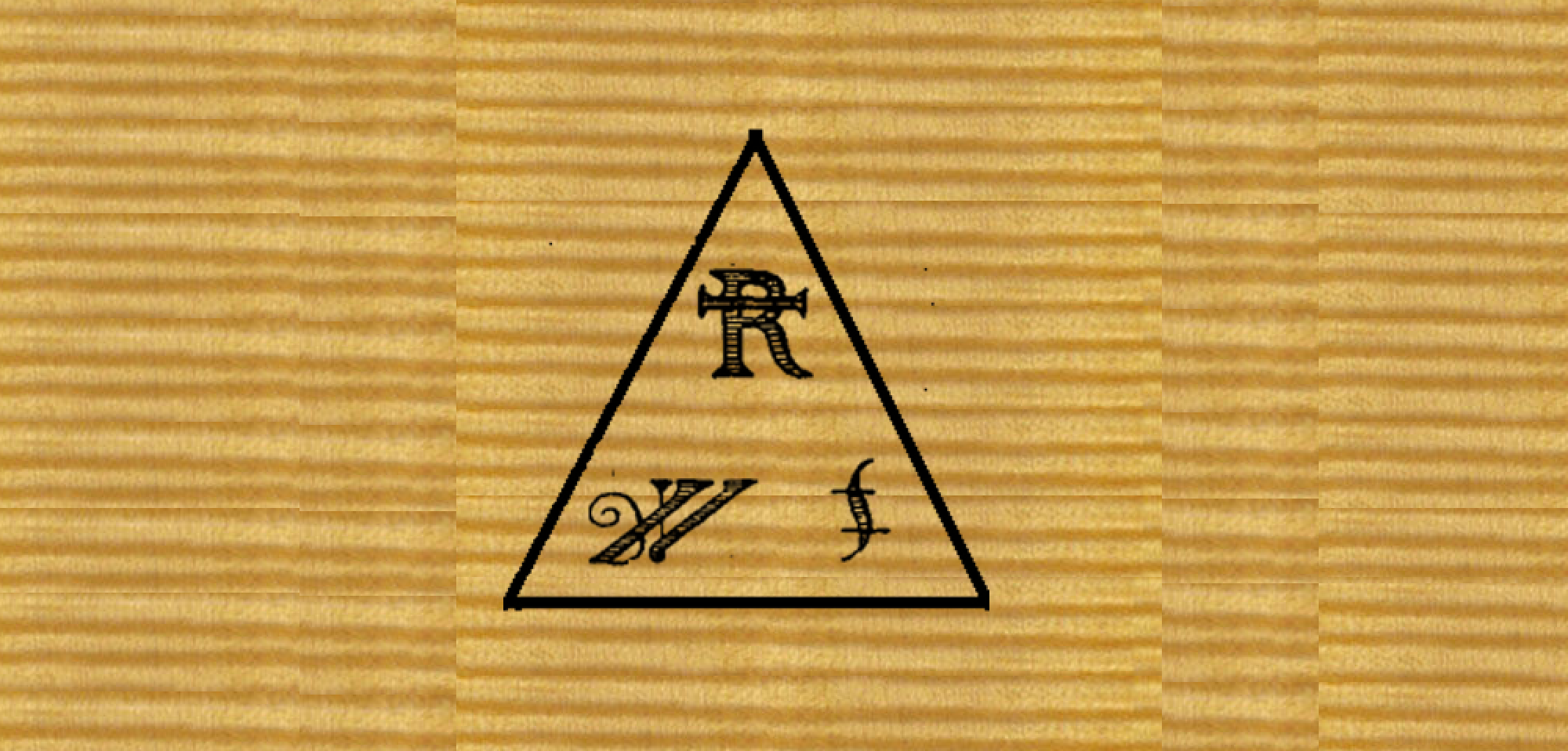Aged Wood Colors
Wood Color under the Varnish
Color the wood with control
For aesthetic and commercial reasons it is often necessary to give a dark look to the wood in order to support the varnish color of an antique or antiqued instrument.
These colors must be accurate but not over stated. They must be fixed in the wood without obscuring the grain or reflectivity. They must be reasonably light fast, but not completely so that the natural long term color changes can occur in the wood under the varnish.
Wood color is effected by UV and visible light [particularly the blue and purple spectrum], creating a gold/brown coloration. Therefore: The wood changes color under the varnish as the instrument ages. The current method of using “wet chemistry” [application of potassium nitrite, sodium nitrite, ammonia, nitric acid as a result of ozone exposure] on the wood surface to reproduce these colors has certain drawbacks:
The method.
Introduce colors into the wood which would occur naturally as the result of UV and visible light exposure, but in concentrations which give the look of aged wood to the new surface.
The colors used are complex vegetable extracts which mimic or are the same as the colorants produced in the wood by age and exposure to light. All colors are alcohol tinctures but they are also moderately turpentine soluble.
The colors are introduced into the wood using a dye method common to the traditional treatment of cotton cloth known as “mordant-color-mordant”. Rather than chemical transformation of the color body by exposure to metallic compounds the mordant [a bark extract] in this method fixes the color in the wood directly. [The ancient meaning of the word mordant is “to bite”.] Since the tinctures are alcohol and turpentine soluble they can be used in conjunction with the components of the Balsam Ground System or they can be applied directly to the wood.
The result:
Wood color under the varnish is chosen and controled by the maker.
